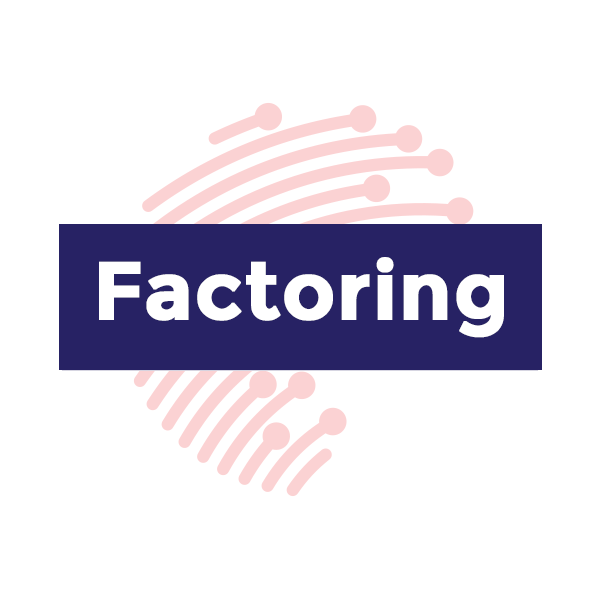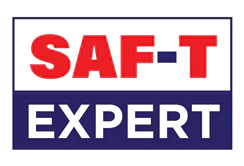What does factoring involve?
A company that offers this kind of financing is called a factor. It can be a bank, or another financial entity.

Let's look at a practical example: Suppose you are the seller and you want to sell a service or a product to your customer.
You issue an invoice that the customer undertakes to pay within 30/60/90/120 days.
It's obvious that you would like your invoice to be paid a little faster in order to reinvest immediately. So you contact the factor, present the invoice issued to the customer, and apply for factoring.
What happens from there?
At this moment, depending on the contract you concluded with the customer, the factor transfers 80% of the invoiced value to you, so that you can regain liquidity and continue your business activity. You will receive the rest of the invoiced value after the customer has settled the invoice with the factor. It's as simple as that!
Is there more than one type of factoring?
With recourse
The seller assumes the payment of the invoice to the factor, if the customer does not settle the invoice with the factor by the due date.
Without recourse
The factor takes care of recovering the invoice value, if the customer does not pay by the due date.
Instant
Financing is carried out in a single installment and can be with or without recourse.
Total
100% settlement of the invoice, absolutely zero risk.
The success story of Dutch factoring
Since 2015, the Dutch business sector has seen the fastest growth in factoring volume in all of Europe.
In 2008, invoices worth 30 billion Euro were purchased by factoring companies.
In 2017 this figure increased to 90 billion Euro and in 2019 the factoring volume in the Netherlands reached 112 billion Euro.







